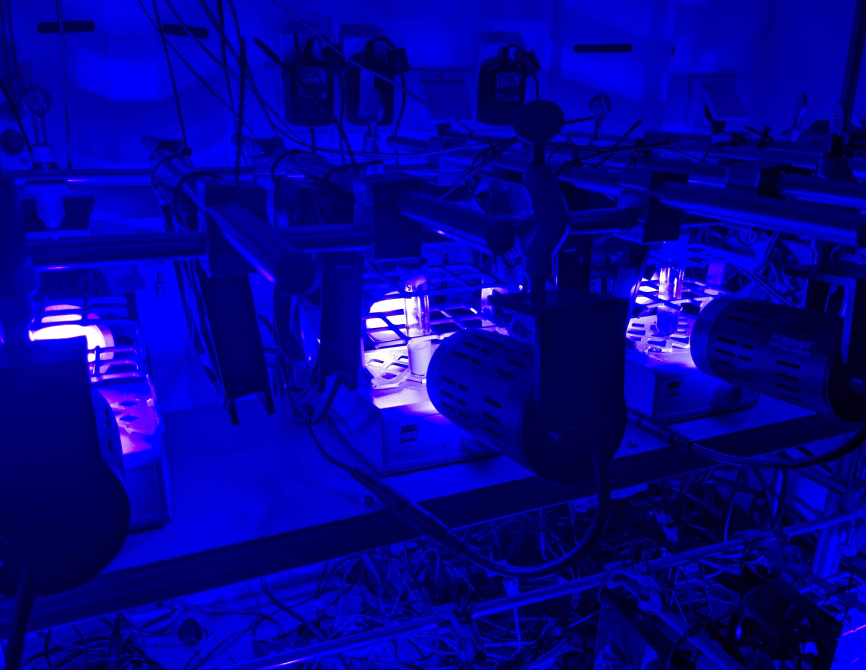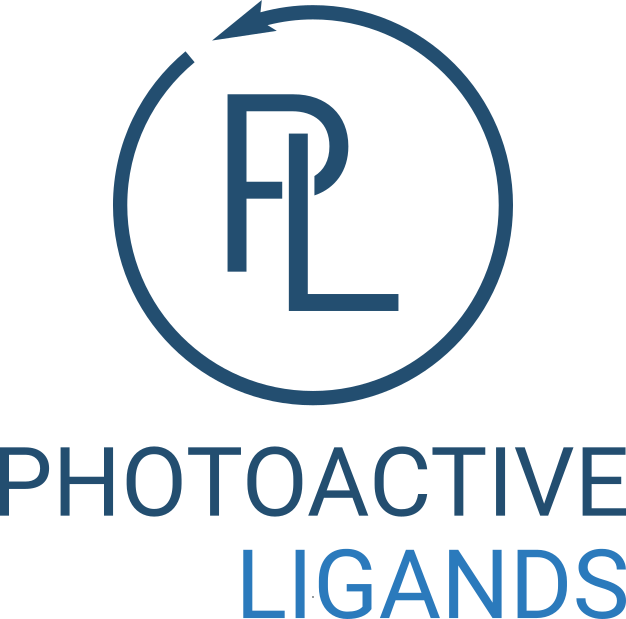ILLUminating synthesis
four research
areas


Photoactive Ligands
Dual catalytic manifolds apply photocatalysts that harvest visible light and transfer the photon energy to transition metal complexes, triggering bond formations. However, this is accompanied by drawbacks, such as complex catalytic cocktails, high catalyst loadings, and limited control of catalytic activities.
We design photoactive ligands that activate transition metal complexes with light and tune the metals' reactivity.
Enabling Reactions
Visible light photocatalysis emerged as a powerful approach to promote organic transformations that involve open-shell species under mild conditions. This unlocks unique reaction pathways, which pave the way for novel reactions that outperform state-of-the-art methodologies.
We use our know-how in photocatalytic synthesis to develop novel reactions with high synthetic utility to expand the toolbox of synthetic chemists.


Catalytic Materials
Heterogeneous photocatalysts are heavily studied for artificial photosynthesis but rarely used in organic synthesis. Their stability, low cost, and reusability make them a promising, sustainable alternative to commonly used noble metal complexes and organic dyes.
We develop novel heterogeneous photocatalysts and study their applicability in synthetic chemistry.
Mechanistic Studies
Understanding reactivity is a core interest and key to developing and improving catalysts and reactions. Elucidating mechanisms of (photo)chemical reactions is a challenging task that requires synthetic, spectroscopic, and theoretical studies.
We interrogate mechanisms using multiple approaches and closely work with our collaborators who provide complementary expertise.
